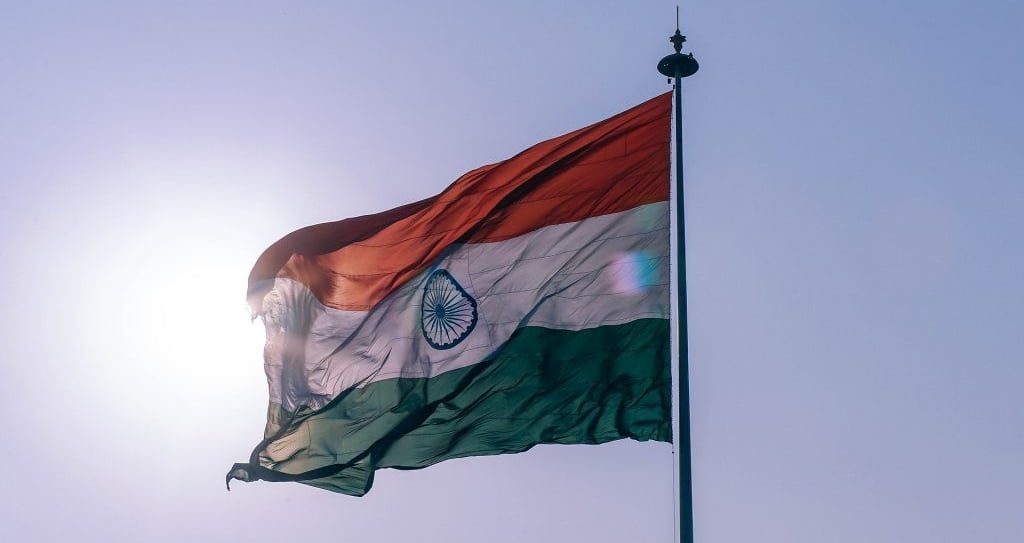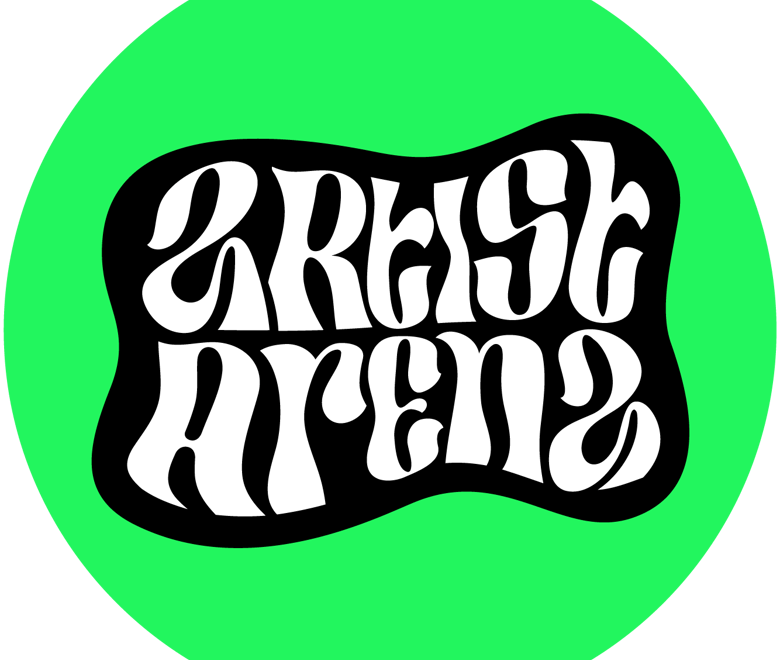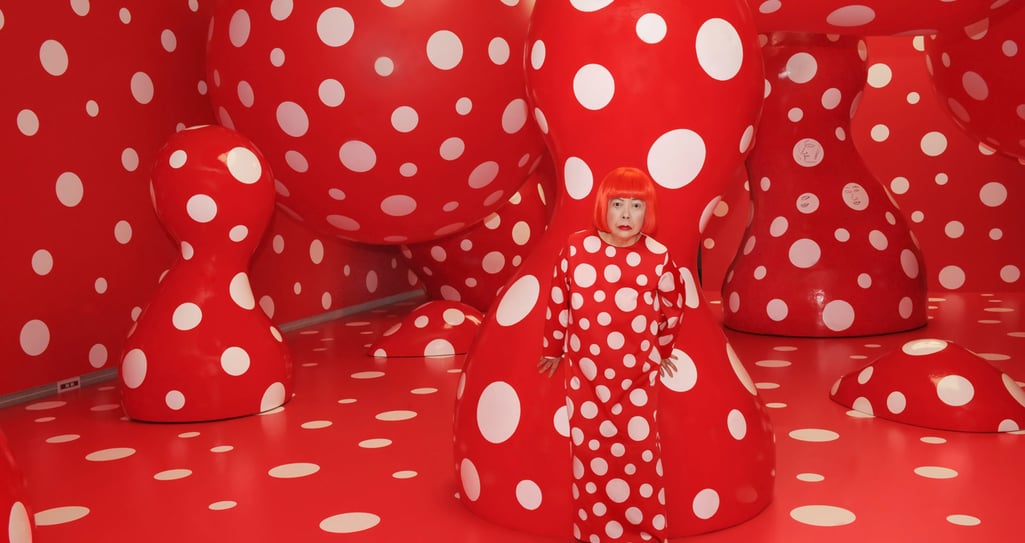What Are The Covid-19 Effects on the Indian Art Scene? – We asked 5 Indian Creators

Aparajitha Vasudev – Illustrator, Graphic Designer and Painter
1. What has been your creative process during the quarantine?
It has been an unusually productive time for me. I maintain a strict work schedule during the day, with lists I can tick off to keep me on track.
2. What has been the most challenging for you in your creative process during the quarantine?
Unwinding in the void. Every day feels like a weekend, and that freaks me out. I make time for yoga, meditation and little rituals with family to rejuvenate my mind.
3. What has been the most rewarding for you in your creative process during the quarantine?
Being able to take the time to really critique and think my work through. Having the time to research, and delve deeper into the thought process behind my work.
4. Share with us the materials and mediums you have been reaching out to, to express yourself during the quarantine.
I’ve been enjoying exploring digital media, through my illustration and animation. I have also been working more with charcoal and mixed media/watercolours.
5. What kind of shift do you see in the creative community in India post the COVID times?
I’m loving the fact that a lot of the community turning to empathetic – and especially spiritual – themes to express themselves, send positive messages to their following and make a difference.
6. Your thoughts on art moving to online platforms – how do you see this shaping up for museums, galleries and public spaces?
I’m excited about the intellectual possibilities for creating/experiencing art with/on digital mediums and its cultural and social consequences. But I’m concerned about the insidious impact of tech on our physical selves, eg. screen fatigue.
7. What do you think is the financial impact on the creative community? What role do you see the government and private sectors playing in this?
It’s been terrible on performing artists and those working in traditional mediums. Many have turned to other lesser known skill sets to stay afloat. The government should encourage local manufacture and economy.

Instagram: @urmilavenugopal
1. What has been your creative process during the quarantine?
My practice has been multi-disciplinary over the years and it hasn’t changed during this time as well, being able to share my time between Watercolours, Acrylics and Printmaking mediums.
2. What has been the most challenging for you in your creative process during the quarantine?
I have been using a lot of images and visual references from the city in my earlier works; Since the direct contact with the outside world is restricted, the thought process and evolution of the visuals has been largely limited to recollections and intuition.
3. What has been the most rewarding for you in your creative process during the quarantine?
I personally feel the idea of isolation is not new for artists and we usually go through that during the creative thought process. The best reward is the freedom of time without the commitments of the outside world.
4. Share with us the materials and mediums you have been reaching out to, to express yourself during the quarantine.
I have been regularly shifting between mediums; during the last few months I have explored small format watercolours, large canvases and dry-point prints.
5. What kind of shift do you see in the creative community in India post the COVID times?
The change is already seen in the exhibition platforms; the virtual world is being used to reach out to the larger audience. But the major issue would be sustainability for a large section of the artists because of the economic crisis the pandemic has created. A majority of the artists don’t depend on the network of gallery systems in India and find alternatives, as a community I hope this will continue to flourish.
6. Your thoughts on art moving to online platforms – how do you see this shaping up for museums, galleries and public spaces?
Moving on to online platforms at a time like this is inevitable. I think, the whole process of ‘experiencing’ art could be well established only through direct participation. The virtual world cannot completely fulfill the core idea of an art experience. But for the sake of expanding knowledge in terms of history and aesthetics, the museums can rely on the virtual world to reach out to the public.
7. What do you think is the financial impact on the creative community? What role do you see the government and private sectors playing in this?
In the past, India has never been a huge market for art considering its direct ratio to the number of artists involved in its practice; hence the present situation will impact largely on the art community. The support from the government has always been so little even in the form of grants and fellowships. There is a need to introduce new grants and create opportunities from the government Cultural Department; the big corporate power houses who make the large chunk of the wealth should also show generosity in supporting the community by creating new platforms.

Instagram: @vg_venu
1. What has been your creative process during the quarantine?
Printmaking being my primary practice, I have been continuing the work mainly in the medium of wood-cut over the last few months.
2. What has been the most challenging for you in your creative process during the quarantine?
Sharing the time between home and studio with the increased responsibility of being a mother is quite demanding in these crucial times.
3. What has been the most rewarding for you in your creative process during the quarantine?
Contrary to the other workforces, as an artist I am able to continue my practice irrespective of the prevailing situation. I feel I am fortunate to be able to immerse myself and create new works despite the grim situation.
4. Share with us the materials and mediums you have been reaching out to, to express yourself during the quarantine.
Woodcut has been my primary medium of exploration these days. I have been trying out multi-colour printmaking; Spending a lot of time with family and kids at home has provided me an opportunity to explore photography as a starting point to develop new ideas.
5. What kind of shift do you see in the creative community in India post the COVID times?
It is and will be a new way of life. Sustaining everyday life is going to be the most challenging part for the majority in the art community. The way art is created and experienced would witness a drastic change in the coming days.
6. Your thoughts on art moving to online platforms – how do you see this shaping up for museums, galleries and public spaces?
The online platform has its own limitation in terms of experiencing an artwork though it will have larger reachability in the virtual world. Museums have the options of creating more audiences through virtual walkthroughs and other interactive programs, but the gallery system will find it difficult to sustain only with online presence.
7. What do you think is the financial impact on the creative community? What role do you see the government and private sectors playing in this?
It will have a huge negative impact on the creative community which is already struggling to sustain. It is necessary for the government to create new opportunities and support systems to encourage the community. There could be public-private partnerships in certain cultural projects where corporate India can play a big role in supporting the creative community’s needs.
Aishwaryan K – Artist, Painter and Performance Art
Instagram: @aishwaryanK
1. What has been your creative process during the quarantine?
I have managed to keep my sanity by managing to do small works all the while thinking of my access to materials for the next set of works which need to be procured from outside.
2. What has been the most challenging for you in your creative process during the quarantine?
The most challenging part for me has been the lack of materials and mediums that suited my expression but I did have some basic papers and colours which I managed to still express with.
3. What has been the most rewarding for you in your creative process during the quarantine?
I had enough time to actually sit down and focus on finalizing a lot of ideas that were just in my mind and hadn’t had a chance to take complete shape.
4. Share with us the materials and mediums you have been reaching out to, to express yourself during the quarantine.
I have been painting using acrylic, watercolour, gouache on my usual paper made out of elephant dung and have also started on rice papers which were with me from the past 3-4 years.
5. What kind of shift do you see in the creative community in India post the COVID times?
Online exhibitions, webinars etc have taken over but the community is also divided as many are losing hope in surviving as a creative practitioner. It is getting more challenging than ever before.
6. Your thoughts on art moving to online platforms – how do you see this shaping up for museums, galleries and public spaces?
It’s a 50-50 situation on moving online but the access to those who do not visit galleries, museums and public spaces of art is much easier and hope that the younger generation are made to appreciate and be sensitive to creative aesthetics.
7. What do you think is the financial impact on the creative community? What role do you see the government and private sectors playing in this?
It has always been a challenge to be financially secure solely as a creative person and most have survived by doing additional/part-time jobs along and now with art being deemed as a “NON-ESSENTIAL”, the situation has gotten really wary and fear filled. I hope the government/private sectors make an effort to support us more than ever as this ‘EARTH is nothing without ‘ART’ in it.

Instagram: @kiwiivashkov / @currynricegirl
1. What has been your creative process during the quarantine?
I’ve been spending a lot of time looking out of my window, reflecting and journaling between TV shows and books.
2. What has been the most challenging for you in your creative process during the quarantine?
Validation is easier to find when you are outdoors, being social and in the company of other writers and artists. The isolation makes me question whether making art during a pandemic is worth it? I keep thinking I should be part of some bigger cause. This kind of spiral results in me needing to take a lot of long breaks between projects.
3. What has been the most rewarding for you in your creative process during the quarantine?
The quality of my writing has improved significantly. With all this time to myself, I’ve been able to really focus on the things that I care about and the kind of writing I want to put out instead of constantly trying to do what my peers and contemporaries are doing with their writing.
4. Share with us the materials and mediums you have been reaching out to, to express yourself during the quarantine.
Besides free writing, I have been drawn to sound a lot more lately. I’ve been working on some audio projects. I’ve also been thinking about self-publishing and spending time on InDesign playing around with layouts for different publication ideas.
5. What kind of shift do you see in the creative community in India post the COVID times?
I think people are going to be more mindful of where they put their time and energies going forward. Prior to this everyone was so caught up in elitism and being exclusive.
Whereas now I feel like everyone is becoming more aware of the need to build sustainable communities around their work.
6. Your thoughts on art moving to online platforms – how do you see this shaping up for museums, galleries and public spaces?
Personally, it was long overdue. I hope museums and galleries will recognize the labor of uploading things and working online. Before it was considered free work that was expected of artists and art workers and taken for granted. I think this will definitely force legacy institutions to rethink their economic models, who they hire/put in positions of power and what kind of impact they want to have in the art world.
7. What do you think is the financial impact on the creative community? What role do you see the government and private sectors playing in this?
AHHHHHHHHHH! (in response to the first question.) If I was making less money before I am probably making even less now. On the bright side, I think it’s possible to bring the government on board, if we (artists and makers) are more willing to engage in the challenging bureaucratic parts of arts administration like policy, financial models and explaining the value of art in fiscal terms.
Avinash Karn – Contemporary Folk Artist
Instagram: @avinash.karn
1. What has been your creative process during the quarantine?
My work has always taken inspiration from my travels. However, the quarantine did give me time to stop and finish various pending projects. As I sat mulling in my studio for inspiration I realised most artists need to interact with the outside world through their observations of it. Artists tell a story through their work and I am one such artist. So I used pictures available through news and books during this quarantine.
2. What has been the most challenging for you in your creative process during the quarantine?
Life in itself has been a challenge for all but during lockdown it became harder to deal with circumstances. The news locally and globally has been disturbing. My work is meant to mirror the irony in society. I have come across the most unusual things during this pandemic and I have used them as my inspiration to create my work. I am sensitive to my surroundings hence the everyday news has had its bearing and has posed a challenge to my creative processes.
3. What has been the most rewarding for you in your creative process during the quarantine?
The times have been tough for each of us to varying degrees. The negativity around is constant and I feel art has the ability to make people feel both comfortable and uncomfortable. Sometimes there is a need to create a question or a dialogue that challenges one’s thinking but then there are times like these where artists have the power to showcase the universal love and hope shared too. So my recent works have portrayed the oneness of humanity.
4. Share with us the materials and mediums you have been reaching out to, to express yourself during the quarantine.
The quarantine did make it difficult to procure materials easily. I am an artist who has a deep rooted attachment to my roots and intuitively lean towards natural materials like jute and clay. This way of life where you interact with natural materials to express oneself is gaining a lot of traction as the pandemic has forced all of us to engage with existential questions. I have also used black ink quite a bit too.
5. What kind of shift do you see in the creative community in India post the COVID times?
Each creative industry sees a wave of change and that wave suddenly takes the spotlight and alternative expressions find a way to keep the masses engaged. It’s raw and real, each time this wave comes around. The art world was largely engaging with conceptual art, abstract and pop. But with the pandemic came this wave which, like I said before poses an existential question and increases the urgency to express and intuitively one reaches to simple yet powerful narratives through figurative and the abstract. Imagination takes the centre stage.
6. Your thoughts on art moving to online platforms – how do you see this shaping up for museums, galleries and public spaces?
Online platforms have been vital since the emergence of social media. Initially, when I had no connection with galleries, artists like me who come from rural backgrounds, used these platforms to connect with the art community. Both virtual and physical spaces have to coexist. Virtually, artists and galleries have a chance to reach out to a larger audience but there is a difference between looking at a photograph of a tree versus seeing, touching and feeling a real tree and its texture. I think what this does is give the art community an opportunity to widen their network and post the pandemic, use this to engage with more people.
7. What do you think is the financial impact on the creative community? What role do you see the government and private sectors playing in this?
In India, the rich and the poor both get attention in some way or the other but most artists dwell in the space between the two and hence have taken a bad hit. They have no support from both the public or the private sector. Most common people in India engage mostly with decorative arts and crafts. It’s very important for the government to increase funding for artists, galleries and museums who play a key role in educating and engaging masses in the basic understanding of the importance of art and its role in shaping a society.




